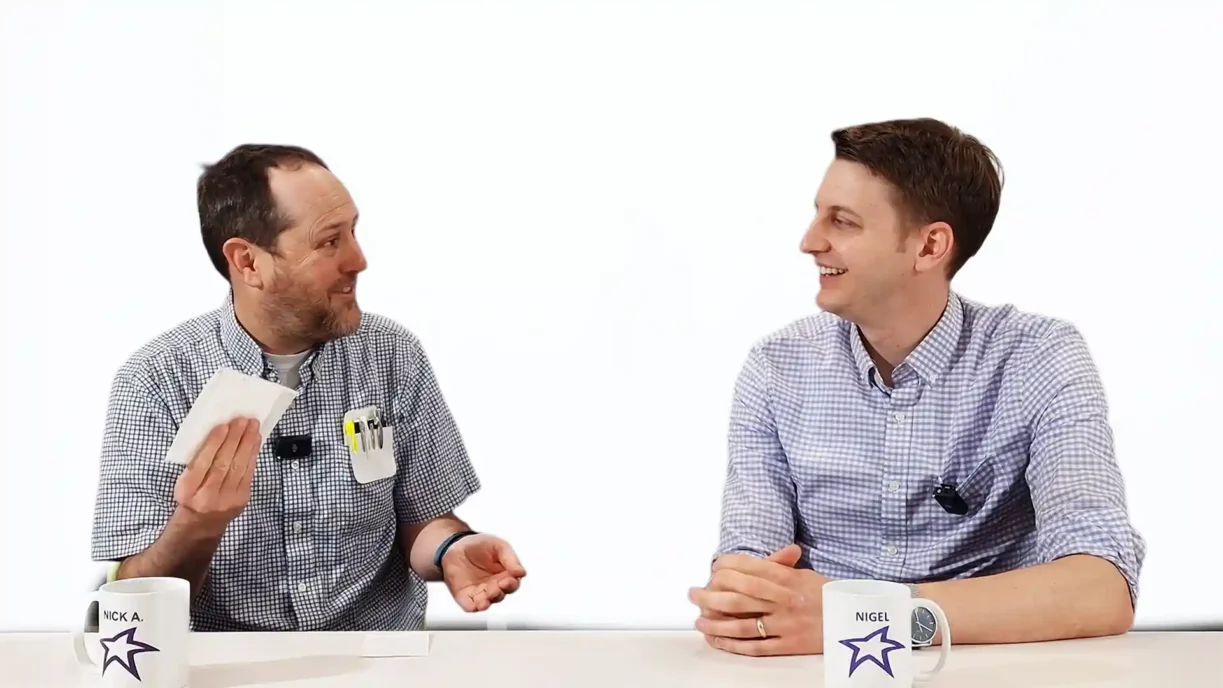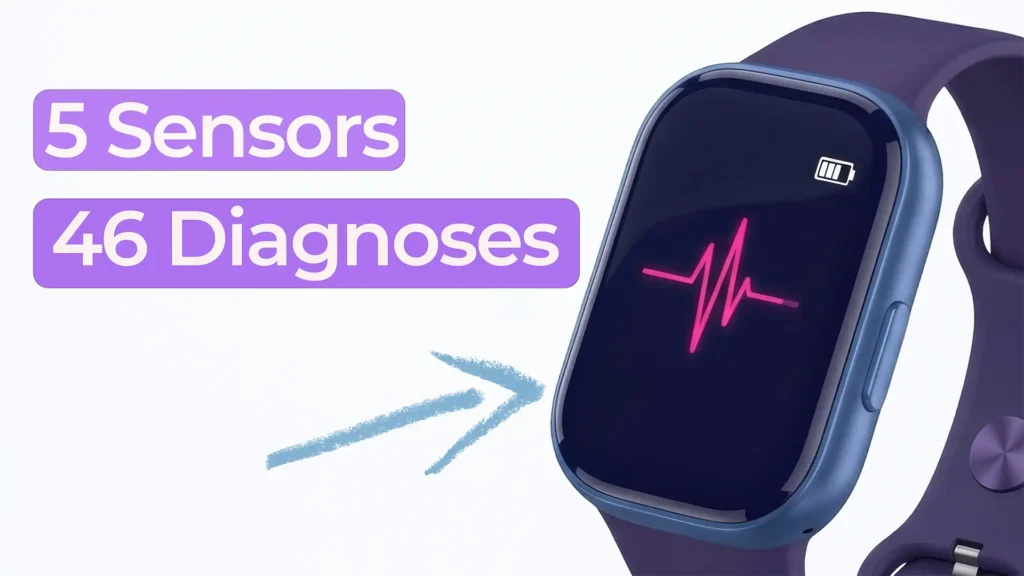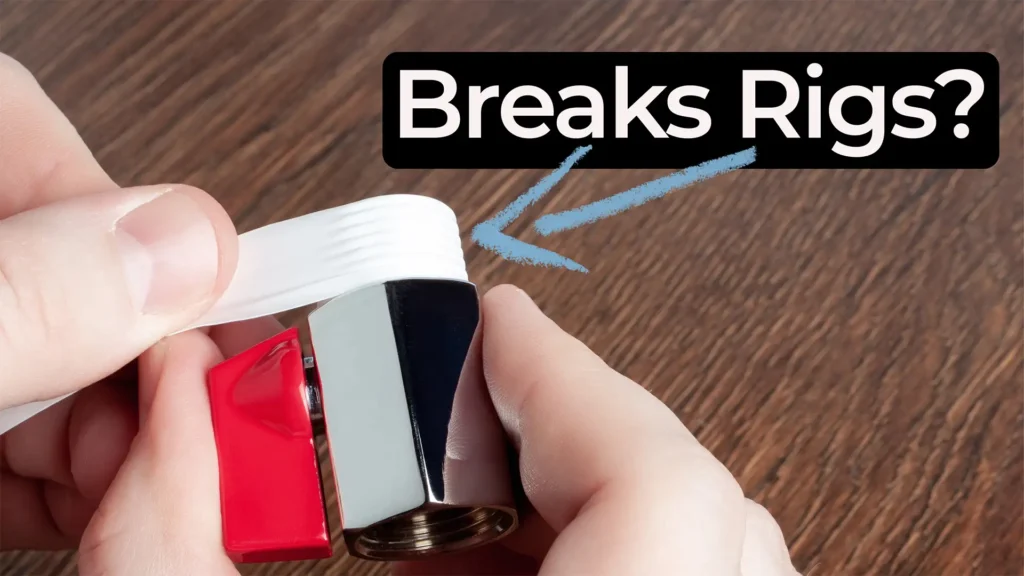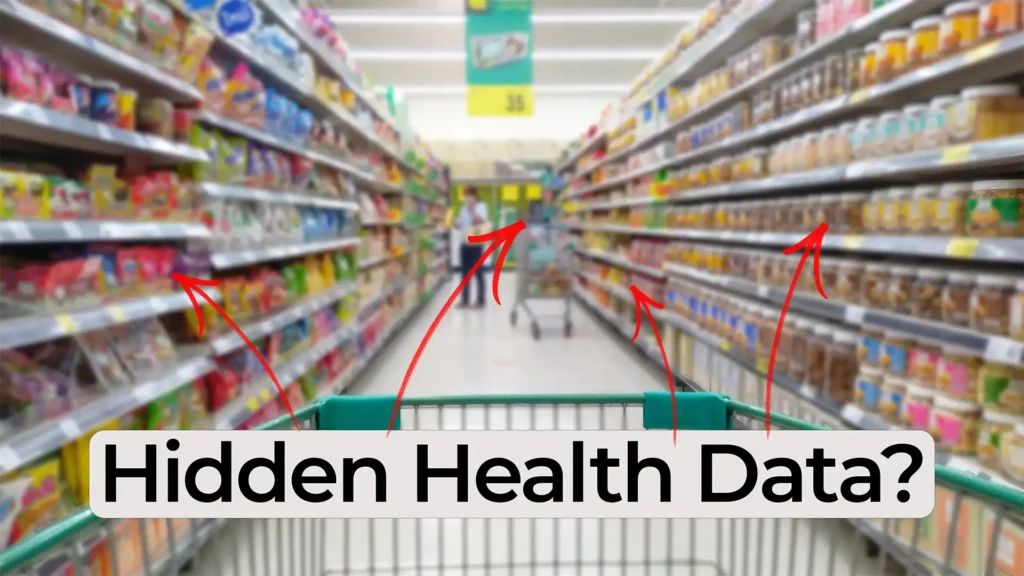
Radiopharmaceutical Device Development Explained
Radiopharmaceutical device development is gaining momentum as medical teams explore new frontiers in diagnostic imaging and cancer treatment. In this episode of Bio Break, Nigel and Nick dive into how radioisotopes are used in both therapeutic and imaging applications—and what it means for engineers designing devices that handle radiation safely.
Nigel explains how these radioactive compounds—like radiolabeled glucose—can help detect cancer by highlighting areas of high metabolic activity in the body. The technique is based on how tumors often consume more glucose than surrounding tissue. So when tagged with a tracer like FDG (fluorodeoxyglucose), those hotspots become visible.
Nick shares his own experience using these radiopharmaceuticals in drug delivery trials. He describes a study comparing radiolabeled compounds that either do or do not cross the blood-brain barrier. By using FDG as a positive control and FLT (fluorothymidine) as a negative control, his team was able to track how a drug reached—or failed to reach—the brain.
As device developers, the implications are clear. Designing tools that safely handle radioactive materials requires special care. From the initial generator to the final “daughter” isotopes used in patients, radiopharmaceutical workflows are complex, fast-moving, and full of potential.
For medical device innovators, this space offers exciting opportunities—especially as demand for targeted therapies and precise imaging continues to grow.
Related Resources

In this Bio Break episode, Nick and Nigel explore a surprising and memorable microbiology fact that puts everyday hand hygiene into perspective.

Nick and Nigel explore how a surprisingly small set of sensors could be used to identify a wide range of common health conditions.

Nick walks through a practical Teflon tape lesson that came from real work supporting a mechanical test rig.

Consumer health prediction shapes more of daily life than most people realize. In this episode of Bio Break, Nick and Nigel explore how retail data can reveal health information without a person ever speaking to a clinician.
